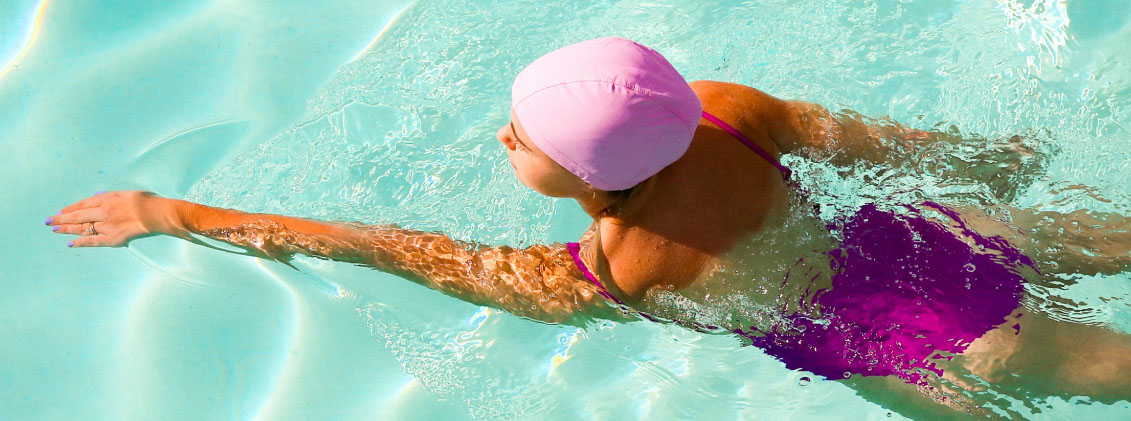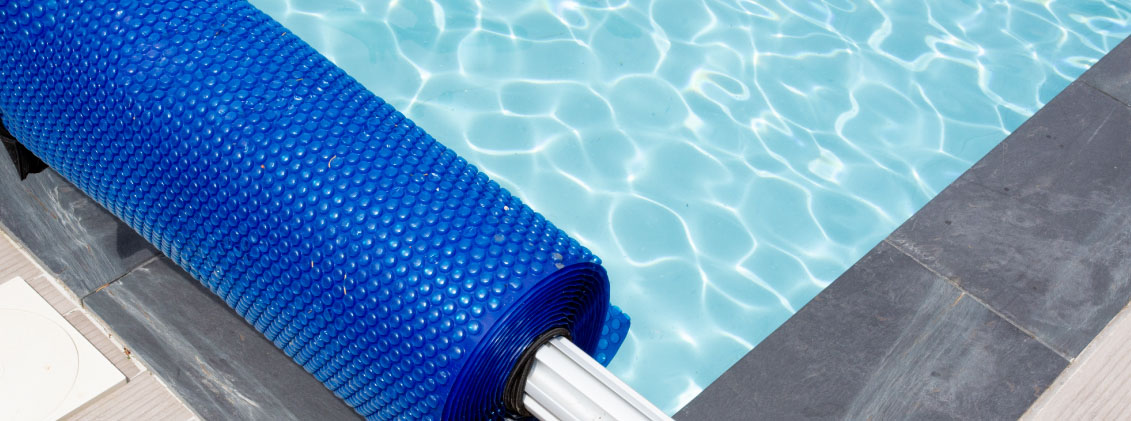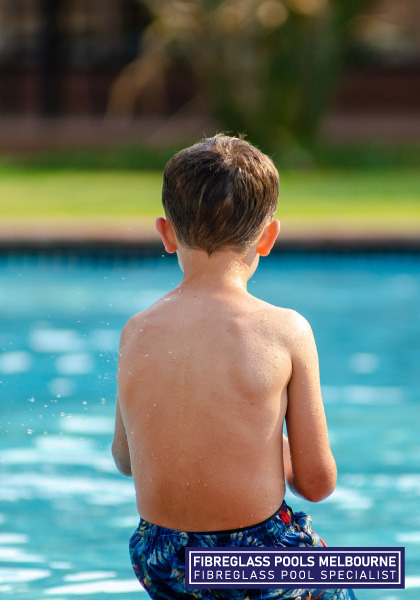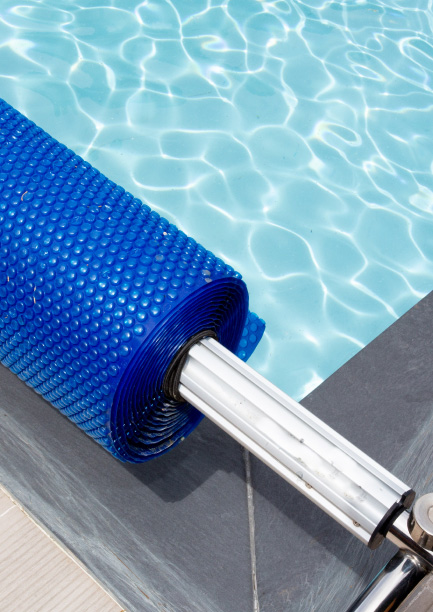Why It's Important To Purchase A Pool Filter That's The Right Size
When you get a new pool filter for your fibreglass pool, it should be of the right size. Choosing the correct pool filter isn't very difficult. It is important that you make sure your pool remains clean, safe, as well as open. The first thing you'll need to do is pick the right pool pump size for your pool.

Getting the Pool Pump
It’s not uncommon for people to get a pool pump that’s much larger than what they need. However, getting a large pool pump can be more expensive. If you don’t absolutely need it, you shouldn’t be spending more money on getting a larger pool pump.
Larger pool pumps will also weigh heavy on your energy bills – since they draw more energy. Instead, you should get a pool pump that’s appropriately sized for your fibreglass pool. Note also that if the pool filter is too large, it can end up overpowering the pool filter system. On the other hand, if the pump doesn’t have enough power, it may not be able to filter your pool effectively. When this happens, the water in your fibreglass pool is more likely to be contaminated with bacteria and algae.
Getting the Filter
Once you get a pool pump of the right size, it’s time to pick the perfect filter for your pool. Having a pool pump of the right size isn’t enough. You’ll also need to ensure that the filter is of the right size as well. Should the filter be too small, then the pool pump will generate an excessive amount of pressure. This will lead to the main filtering substance in the filter breaking down. If this happens, then the pool filter won’t work properly anymore.
When the filter is too small, then there could be a build-up of pressure, that’s a result of the build-up of small filters in the pump. This has, on certain occasions, caused explosions as well. It can also cause serious damage to your pool pump. So what does a pool filter that’s of the correct size do? When you get the pool filter that’s of the correct size, you can ensure that all the water in your pool can properly circulate within around eight hours.
But how do you exactly go about finding the pool filter that’s of the correct size? Let’s find out.

1. Calculate the Volume of Water in Your Fibreglass Pool
The first thing you’ll need to do is find out how much water is present in your pool. The process of calculating this number is easier should you have a standard rectangular pool. But say you have a pool of a complex shape – then calculating this figure can be more challenging.
Essentially, there are four common shapes that fibreglass pools fall under. It’s highly likely that your pool is of one of the following shapes. Before we can look at the shapes, however, note that you’ll be calculating the average depth of your pool. In order to calculate this figure, you’ll need to first go to the part of your pool that’s the deepest. Then go to the part that’s the most shallow. After this, locate the part of the pool where the depth is the average of the deep and the shallow end of the pool.
Now, let’s look at the different kinds of pool shapes, and how to calculate the amount of water that’s present in your pool.
Rectangular Pools
If you have a rectangular pool, then measure both the length and the width of the pool. Then, multiply the length and the width to get the surface area. After this, multiply the average depth of your pool by the figure you got for the surface area. This will help you to calculate the volume of your fibreglass pool.
Oval Pools
If you have an oval pool, then the first thing you’ll need to do is calculate the shortest diameter. You should also note down its longest diameter as well as the average depth of the pool. Multiply these figures together to get the total volume.
Round Pools
To find the surface area of your pool, you’ll need to multiply the square of the radius by the figure pi. Then, find out what the pool’s average depth is, and multiply that figure by the pool’s surface area to get the volume.

Kidney Pool
Find both the longest and shortest width of the pool, as well as its length. First, add the longest and the shortest width. With the number you get, multiply it by the average depth and the length of the pool.
2. Converting Cubic Feet
You should by now know what the volume of your pool is, in cubic feet. Now you should multiply that number by 7.48. This will tell you how many gallons of water your pool holds. You should also find out what the gallons per minute of your pool is.
3. Choose the Pump and the Filter
You’ll also need to think about the pipes that are present between the pool filter and the pump. This is called the feet of the head. You’ll need to know the GPM and the feet of the head, it’s time to look for your pool pump. It’s usually better, once you know what your pool needs, to get a pool pump that’s a little bigger than what you need.
Depending on what size pool pump you get, you can choose the right pool filter. If it’s not large enough, then your filter could end up breaking. It’s less risky to get a filter that’s a little larger.
You’ll also need to match the pool filter to the pumping capacity of your pool pump. Say your pool pump works well at around 43 GPM. In this case, your pool filter should be rated for at least 43 GPM, if not more.
Conclusion
Before you can start using your new pool, you’ll need to get a pool pump, as well as the right pool filter for your pump. If either of these isn’t of the right size, then this can prevent the pool pump from working properly. This guide details why you should choose a pool filter that’s of the right size, as well as how to do that.
Why It's Important To Purchase A Pool Filter That's The Right Size
When you get a new pool filter for your fibreglass pool, it should be of the right size. Choosing the correct pool filter isn't very difficult. It is important that you make sure your pool remains clean, safe, as well as open. The first thing you'll need to do is pick the right pool pump size for your pool.

Getting the Pool Pump
It’s not uncommon for people to get a pool pump that’s much larger than what they need. However, getting a large pool pump can be more expensive. If you don’t absolutely need it, you shouldn’t be spending more money on getting a larger pool pump.
Larger pool pumps will also weigh heavy on your energy bills – since they draw more energy. Instead, you should get a pool pump that’s appropriately sized for your fibreglass pool. Note also that if the pool filter is too large, it can end up overpowering the pool filter system. On the other hand, if the pump doesn’t have enough power, it may not be able to filter your pool effectively. When this happens, the water in your fibreglass pool is more likely to be contaminated with bacteria and algae.
Getting the Filter
Once you get a pool pump of the right size, it’s time to pick the perfect filter for your pool. Having a pool pump of the right size isn’t enough. You’ll also need to ensure that the filter is of the right size as well. Should the filter be too small, then the pool pump will generate an excessive amount of pressure. This will lead to the main filtering substance in the filter breaking down. If this happens, then the pool filter won’t work properly anymore.
When the filter is too small, then there could be a build-up of pressure, that’s a result of the build-up of small filters in the pump. This has, on certain occasions, caused explosions as well. It can also cause serious damage to your pool pump. So what does a pool filter that’s of the correct size do? When you get the pool filter that’s of the correct size, you can ensure that all the water in your pool can properly circulate within around eight hours.
But how do you exactly go about finding the pool filter that’s of the correct size? Let’s find out.

1. Calculate the Volume of Water in Your Fibreglass Pool
The first thing you’ll need to do is find out how much water is present in your pool. The process of calculating this number is easier should you have a standard rectangular pool. But say you have a pool of a complex shape – then calculating this figure can be more challenging.
Essentially, there are four common shapes that fibreglass pools fall under. It’s highly likely that your pool is of one of the following shapes. Before we can look at the shapes, however, note that you’ll be calculating the average depth of your pool. In order to calculate this figure, you’ll need to first go to the part of your pool that’s the deepest. Then go to the part that’s the most shallow. After this, locate the part of the pool where the depth is the average of the deep and the shallow end of the pool.
Now, let’s look at the different kinds of pool shapes, and how to calculate the amount of water that’s present in your pool.
Rectangular Pools
If you have a rectangular pool, then measure both the length and the width of the pool. Then, multiply the length and the width to get the surface area. After this, multiply the average depth of your pool by the figure you got for the surface area. This will help you to calculate the volume of your fibreglass pool.
Oval Pools
If you have an oval pool, then the first thing you’ll need to do is calculate the shortest diameter. You should also note down its longest diameter as well as the average depth of the pool. Multiply these figures together to get the total volume.
Round Pools
To find the surface area of your pool, you’ll need to multiply the square of the radius by the figure pi. Then, find out what the pool’s average depth is, and multiply that figure by the pool’s surface area to get the volume.

Kidney Pool
Find both the longest and shortest width of the pool, as well as its length. First, add the longest and the shortest width. With the number you get, multiply it by the average depth and the length of the pool.
2. Converting Cubic Feet
You should by now know what the volume of your pool is, in cubic feet. Now you should multiply that number by 7.48. This will tell you how many gallons of water your pool holds. You should also find out what the gallons per minute of your pool is.
3. Choose the Pump and the Filter
You’ll also need to think about the pipes that are present between the pool filter and the pump. This is called the feet of the head. You’ll need to know the GPM and the feet of the head, it’s time to look for your pool pump. It’s usually better, once you know what your pool needs, to get a pool pump that’s a little bigger than what you need.
Depending on what size pool pump you get, you can choose the right pool filter. If it’s not large enough, then your filter could end up breaking. It’s less risky to get a filter that’s a little larger.
You’ll also need to match the pool filter to the pumping capacity of your pool pump. Say your pool pump works well at around 43 GPM. In this case, your pool filter should be rated for at least 43 GPM, if not more.
Conclusion
Before you can start using your new pool, you’ll need to get a pool pump, as well as the right pool filter for your pump. If either of these isn’t of the right size, then this can prevent the pool pump from working properly. This guide details why you should choose a pool filter that’s of the right size, as well as how to do that.


